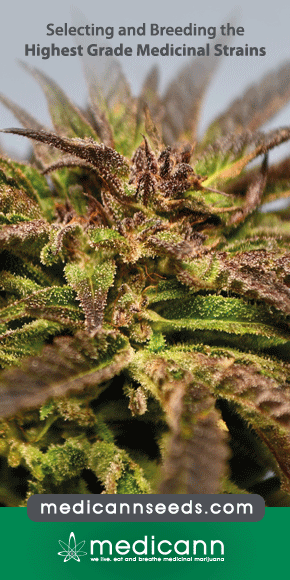History of cannabis and its preparations in saga, science, and sobriquet
Cannabis sativa L. is possibly one of the oldest plants cultivated by man, but has remained a source of controversy throughout its history. Cannabis historians of the past have provided promising clues to potential treatments for a wide array of currently puzzling medical syndromes including chronic pain, spasticity, cancer, seizure disorders, nausea, anorexia, and infectious disease that remain challenges for 21st century medicine.


